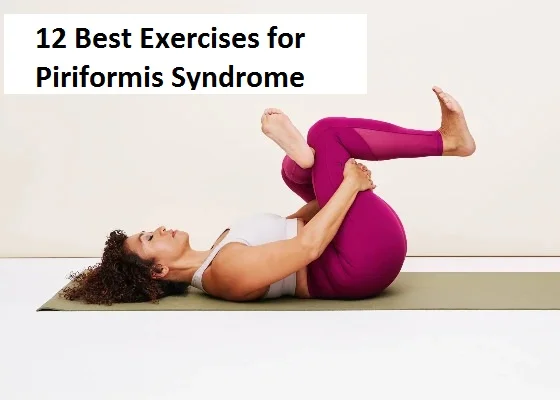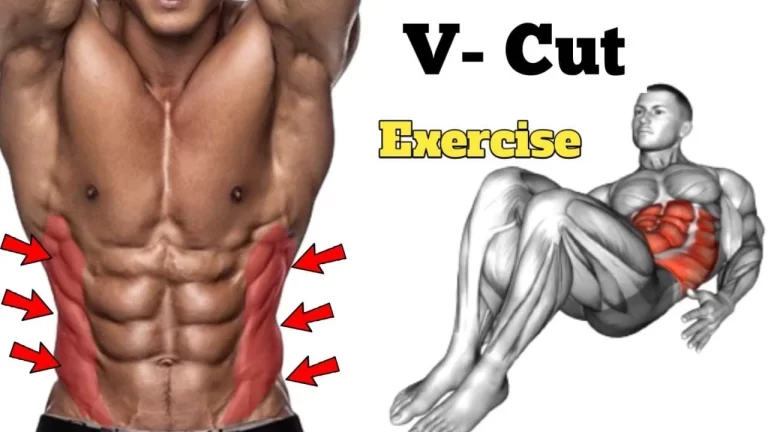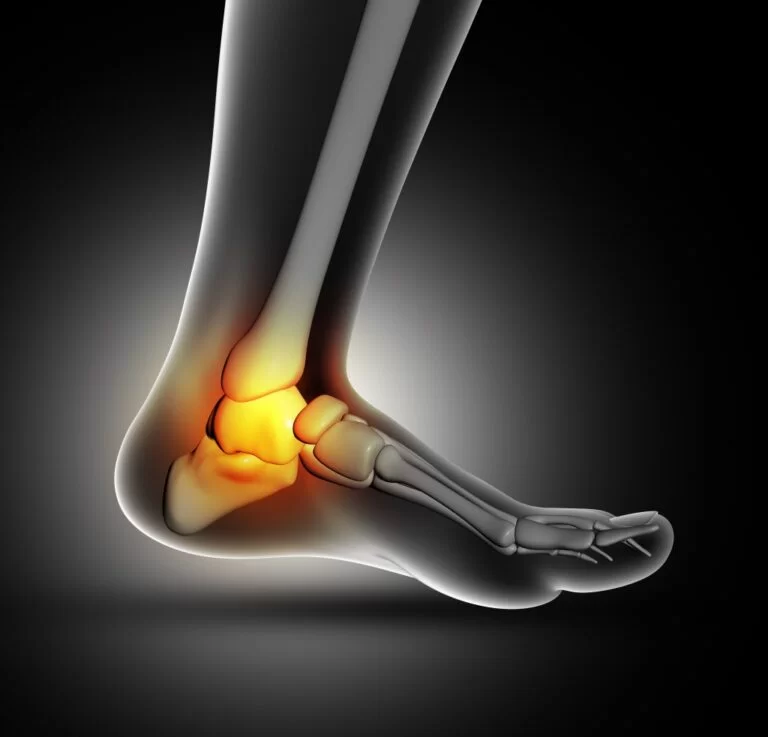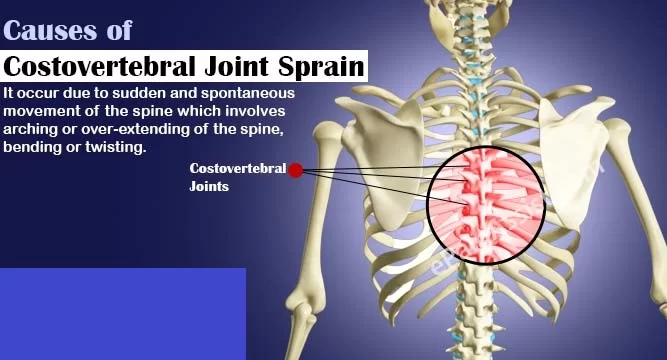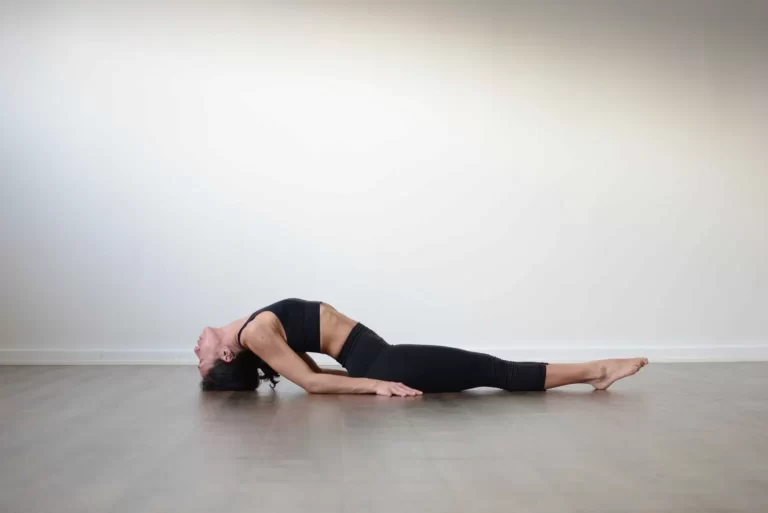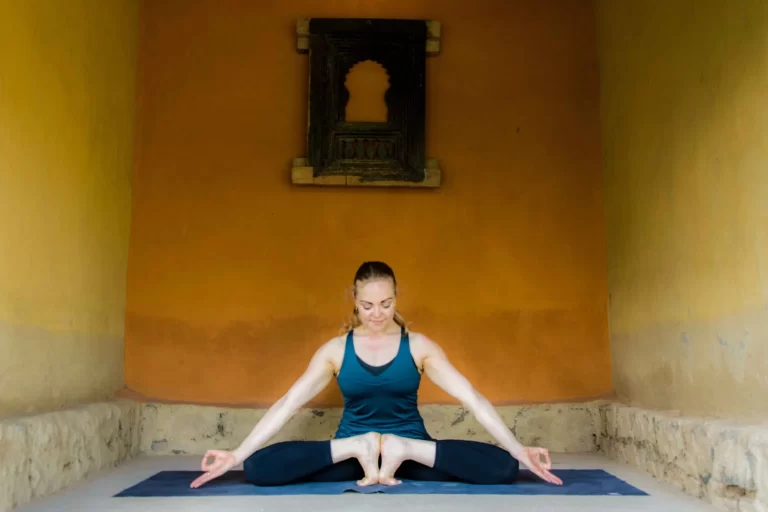12 Best Exercises for Piriformis Syndrome
Exercises play a vital role during piriformis syndrome, exercise improves the strength of hip muscles and improves the mobility of the piriformis muscle and also relieves pressure on the sciatic nerve that covers hip muscles. Piriformis stretch improves the flexibility of muscle and helps to reduces the symptom of piriformis syndrome.
Exercises help to reduce the radiating discomfort and numbness you experience with piriformis syndrome. Stretching exercises are commonly advised to treat sciatica symptoms from piriformis muscle problems. Physiotherapy exercises are a main part of treating piriformis syndrome. Depending on the underlying reason for your piriformis syndrome a physical therapist may suggest one or more of the following exercises to help to ease your symptoms.
What is piriformis syndrome?
Piriformis syndrome is a condition of a thin muscle located in the glute region. Symptoms may persist in pain, tingling, or numbness in the buttocks and down the leg, which may aggravate after sitting for a prolonged time, climbing stairs, walking, or running.
Therapies have stretching exercises, massage, anti-inflammatory drugs, or surgery. The piriformis muscle is situated deep in the buttock, near the sciatic nerve. When the piriformis muscle spasms or evolves tight and/or inflamed, it can aggravate the sciatic nerve. This aggravation leads to sciatica-like pain, tingling, and numbness that run from the buttock and down the leg and occasionally into the foot. The piriformis muscles can be a real pain in the buttock. These muscles attach your upper thigh bone to your lower spine on each side of your pelvis. This is situated deep in your buttocks and works with your other hip muscles to move your thigh and provide stabilization. piriformis syndrome does not originate at a lumbar nerve root, so it is not technically a radiculopathy or is considered sciatica. Instead, with piriformis syndrome, the piriformis muscle causes irritation and sciatic pain further down the sciatic nerve. That said, the term sciatica is often used and understood as the pain caused by the piriformis muscle.
But because your piriformis is so near to your sciatic nerve, it can be a source of pain. The sciatic nerve is a big nerve that travels through your lower back, under your piriformis, to your legs. When your piriformis is tight, it can irritate your sciatic nerve and induce piriformis syndrome. The major symptoms are numbness and pain in your buttocks that radiate down the back of your leg on one or both sides.
Piriformis syndrome is most commonly observed in people who sit for extended periods. But athletes who consume a lot of time in the gym and cyclists can also experience this painful condition.
Causes of the piriformis syndrome :
- Myofascial trigger points
- Secondary to laminectomy
- Bursitis of the piriformis muscle
- Colorectal carcinoma
- Episacroiliac lipoma
- Femoral nailing
- Gluteal trauma in the sacroiliac joint
- Myositis ossiffication of the piriformis muscle
- Neuroma of the sciatic nerve
- Intramuscular injection is given in the glute region
- Hypertrophy and spasm of piriformis muscle
Symptoms:
The piriformis symptoms appear in the buttocks, hip, or upper thigh.
- Hurting.
- Steaming.
- Numbness.
- Tingling.
- Shooting.
- sciatica pain
Symptoms may aggravate during specific activities, such as:
- Seating for extended periods.
- Walking or running.
- Stair climbing.
Best Exercises for Piriformis Syndrome – Stretches and Strengthening
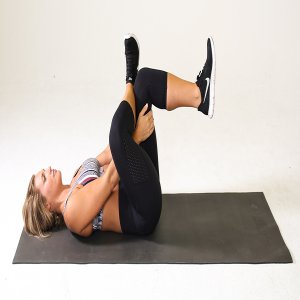
Exercises are used to relax tight muscles by creating length and flexibility. regular exercise improves the strength and flexibility of the piriformis and covers hip muscles. Together, they can help relieve the radiating pain and numbness you feel with piriformis syndrome.
Knee-to-shoulder piriformis stretch

- To do this exercise you have to Lie flat on your back with your legs straightforward.
- Raise your leg and flex your knee. With the help of your opposite hand, pull your knee gradually toward the opposite shoulder.
- Hold for thirty seconds.
- Do this on both sides 3 times, two times a day.
Ankle-over-knee piriformis stretch
- To do this exercise you have to take a supine lying position with both knees flexed.
- Cross your ankle over your opposing knee.
- Hold the back of your thigh area after your opposing knee.
- smoothly pull your thigh directly toward your chest.
- Keep for thirty seconds.
- Do this on both sides 3 times, two times a day.
You can also perform this exercise in a sitting position, which is suitable if you work in an office:
- Seat in a chair with both feet on the ground.
- Cross your ankle over your opposing knee.
- Let your knee fall downward, holding your ankle in position.
- Press your knee down gently or lean forward to feel the stretch in your buttocks.
- Hold for 30 seconds.
- Do this twice daily, three times on each side.

Bridge
- To do the bridging exercise you have to take a supine lying position with both knees flexed.
- Tighten your core and raise your hips off the bed.
- Press your buttocks at the top of that movement.
- Gradually lower your hips back to the bed.
- Repeat ten times per set.
- Do 3 sets, once or two times a day.
Side leg lifts

- To do this exercise you have to take a side-lying position with your ankles stacked on top of one another. You can relax your head on a cushion or your arm.
- Constrict your top thigh and raise your leg slowly, holding your knee locked.
- Gradually lower your leg to the initial position.
- Repeat ten times on both sides per set.
- Do 2-3 sets, — 2 times a day.
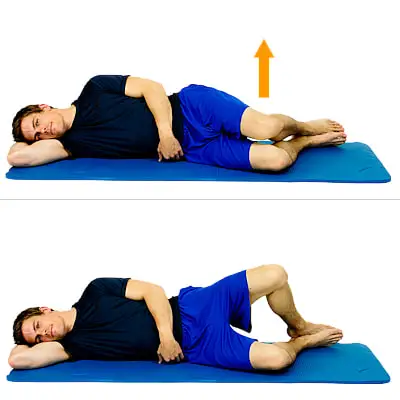
Clamshell
- To perform this exercise Lie on your side with your knees flexed in an “L” shape.
- Holding your heels together, raise your top knee as if you were opening a clamshell.
- Gradually lower your knee to the initial position.
- Repeat ten times on both sides.
- Do 2 sets of ten repetitions two times.
- For added resistance, wrap an exercise band across your knees.
Facedown leg raises
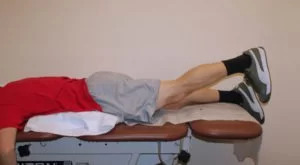
- To perform this exercise you have to take a prone lying position with your legs extended.
- Constrict your thigh muscles and raise one leg off the ground, keeping your knee locked.
- Return your leg gradually to its initial position.
- Ten times on each side, repeat this.
Standing small range squat

- To do this exercise you have to stand straight with feet shoulder-width apart.
- Hinge your hips and thrust your buttocks back, and flex your knees in a squatting position as low as comfortable.
- Slowly return to an upright position.
- Do this ten times.
- Try to complete three sets two times a day.
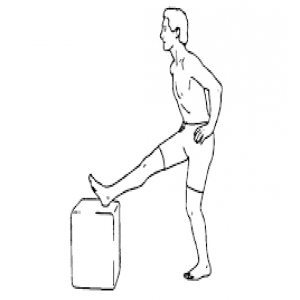
Standing hamstring stretch
- To do a hamstring stretch in a standing position you have to place your affected leg over the small stool.
- Your knee should be straight.
- Get both arms up so your arms are consistent with your ears. Get your arms up, as opposed to going down toward your foot, your back should be straight.
- Lean forward just from your hips. You Feel some stretch in your back thigh.
- Hold this stretching for 40 seconds, and do it three times again.
- Then perform with the other leg.

Resisted hip abduction
- To perform this exercise you need a resistance band. wrap one end of a resistance band near a steady object and the other end near your ankle.
- Stand straight with the looped ankle most distant from the opposite end of the band while maintaining the steady object with your inside arm.
- Raise your outer leg up and directly out to the side as much as possible.
- Hold for 5 seconds, then return your leg to the initial position.
Prone hip extension (Knee flex)

- To do this exercise you have to lie down on your tummy.
- Now bend the affected side, then squeeze your gluteal muscles and raise your leg off the ground about 5 inches.
- Hold the normal leg on the ground straight.
- Hold for five seconds. Then lower your leg and rest.
- Complete 8 to 12 repetitions and gradually increase the repetition.

Quadruped arm/leg raise
- Start this exercise by taking a quadruped position on a comfortable surface with your knees under your hips and your wrists under your shoulders.
- Lift your left arm and right leg, and keep your shoulders and hips parallel to the ground.
- Pull the back of your neck and tuck your chin into your chest to look down at the ground.
- Hold this position for five seconds, then lower back down to the quadruped position.
- Lift your right arm and left leg, keeping this position for five seconds.
- Return to the initial position. This is one repetition.
- Do 2 sets of 10 repetitions.

Partial sit-up exercise
- To perform partial sit-ups you have to Lie on your back with flexed knees and your feet should be on the ground.
- Tuck your chin towards your chest to lengthen the back of your neck.
- Put your palms down beside your body, cross your arms over your shoulders, or twist your fingers at the base of your skull.
- Breathe out as you raise your upper body toward your tummy.
- Breathe in as you slowly lower yourself back down to the ground.
Should you perform the exercise with piriformis syndrome?
You completed all movements and exercises. You may believe you should take a rest or stop moving and stop all movement, but rest is not the solution. mostly, rest is advised in the initial phase of the condition. Stretches and movements are the best remedies for piriformis syndrome. A constant regimen of stretching and exercise can greatly reduce or lessen symptoms. The purpose is to loosen the piriformis muscle, so it is not rubbing the sciatic nerve. Speak to your healthcare or physiotherapist before beginning a new exercise for piriformis syndrome, particularly if you have pain or have not been exercising regularly or performed exercise regularly.
Exercises and positions you should avoid if you have piriformis syndrome:
- Avoid prolonged sitting position, this puts pressure on your piriformis muscle and sciatic nerve. Additionally, since they might make your situation worse, sitting exercises like cycling should be avoided.
- To relieve pressure on your piriformis if you sit at work, experts advise stepping up for a few seconds every half hour.. A standing desk is certainly appropriate for this condition. For those who use a computer all day, it offers an excellent ergonomic design.
- Avoid heavy weight-lifting exercises.
Other ways to help relieve piriformis syndrome:
- Cardio exercises: cardio exercise is essential for your hip muscles and overall health. The most reasonable cardio exercise for piriformis syndrome is walking. You can also do jogging if it does not cause pain.
- Core exercises: A powerful core can help keep your piriformis. For piriformis syndrome patients, he incorporates core workouts into their treatment regimens. Planks, leg lifts, and crunches are a few examples.
- Foam roller: Some individuals use a foam roller or tennis ball to help with piriformis syndrome. A foam roller or ball can find a trigger point in your piriformis muscle and remove it. It can be difficult to locate the trigger point if you have never done it before. Ask your doctor or physical therapist for hands-on education.
- Yoga and Pilates: Yoga and Pilates programs contain a variety of stretches and exercises that can help with piriformis syndrome. These courses can also help you reach other muscles that might be tight.
FAQ
Which is the best rehab for piriformis syndrome?
While medications, like pain relievers, muscle relaxants, and anti-inflammatory drugs may be advised, the mainstay of treatment for piriformis syndrome is physiotherapy, exercise, and stretching. Specific treatments may have adjustments in gait. increased mobility of sacroiliac joints.
Is the piriformis syndrome permanent?
Most individuals who have piriformis syndrome obtain better treatment and lifestyle modifications. Failure to treat this disease can show endless nerve damage, so be sure to follow your doctor’s instructions
Where is the strain point for the piriformis muscle?
The sacrum, a big, triangular bone at the base of the spine, is where the medial piriformis trigger point is located. It is located along the piriformis line approximately an inch above the edge of the sacrum. Along the piriformis line, the greater trochanter landmark is situated a few inches to the inside of the lateral piriformis trigger point.
What exercises should you avoid with piriformis syndrome?
Try not to sit for long periods. This puts stress on your piriformis muscle and sciatic nerve. You may also want to avoid seated exercises such as biking, which could worsen your condition.
What is the root cause of piriformis syndrome?
Sciatic nerve compression at the level of the ischial tuberosity leads to piriformis syndrome.
What is the main movement of piriformis?
When the hip is extended, the piriformis muscle rotates the femur, and when the hip is flexed, it abducts the femur. During walking, the femur’s abduction is essential because it transfers the body’s weight to the other side, preventing falls.
Is piriformis massage recommended?
The pain and discomfort brought on by piriformis syndrome may be reduced by massaging your piriformis muscle to assist release tension and tightness. You can massage your piriformis muscle at home with a foam roller or a tennis-sized ball.

